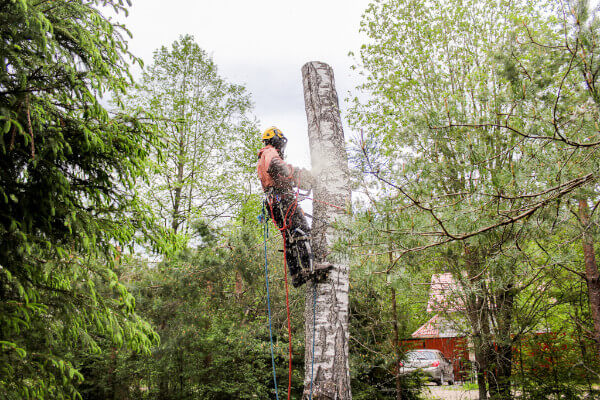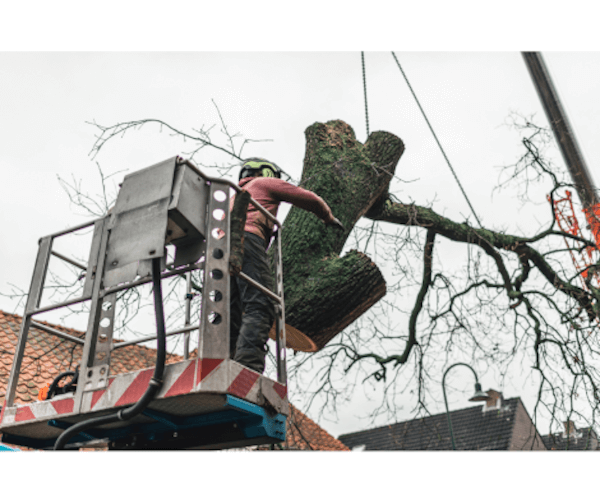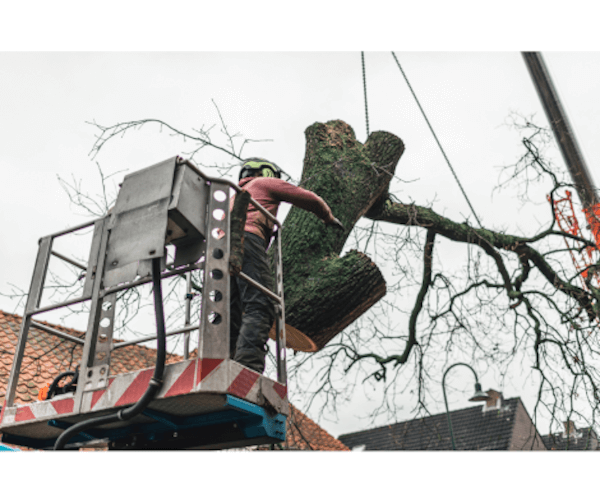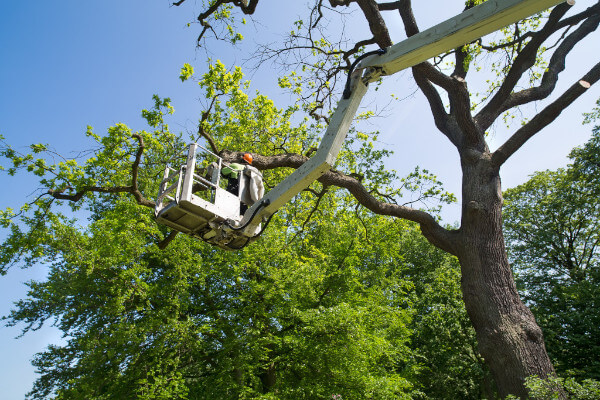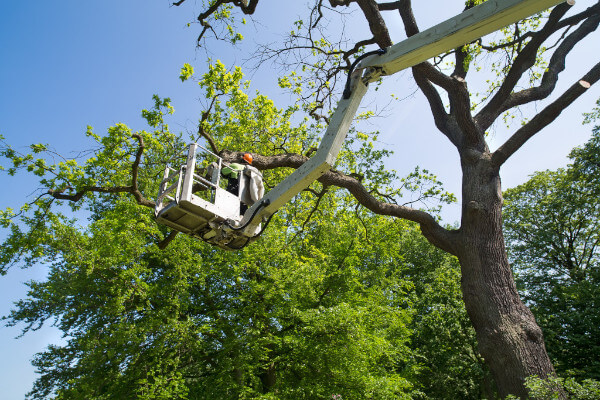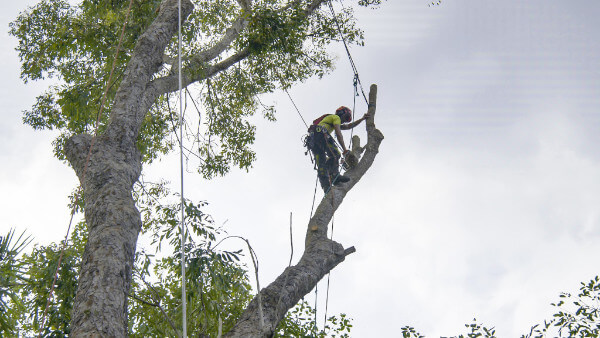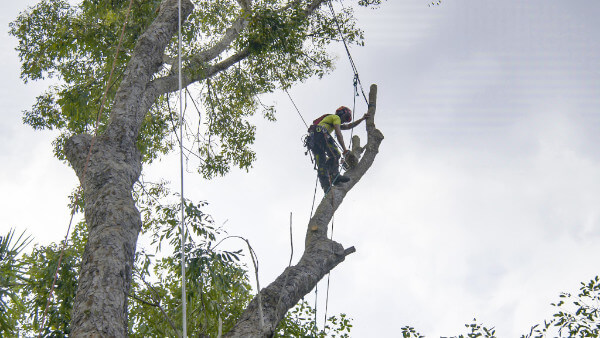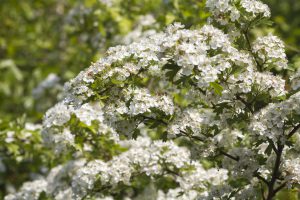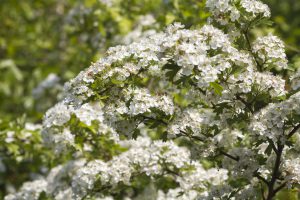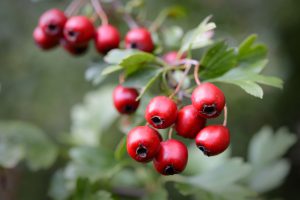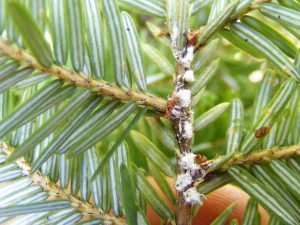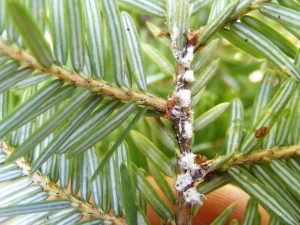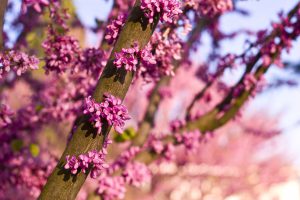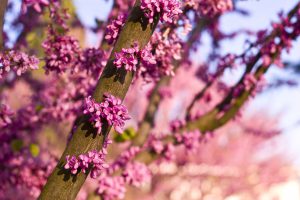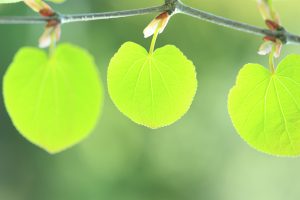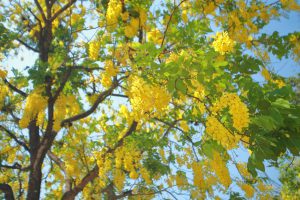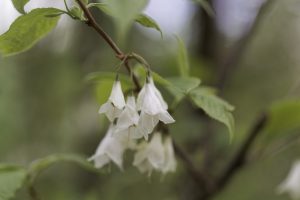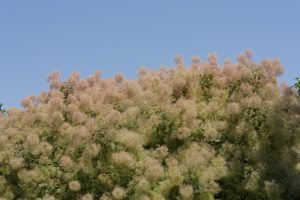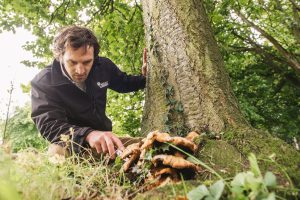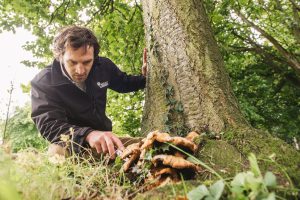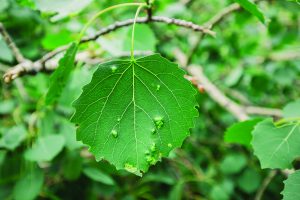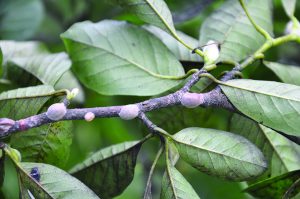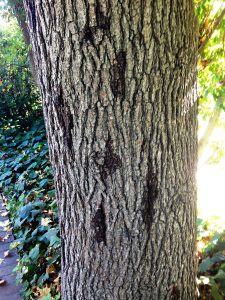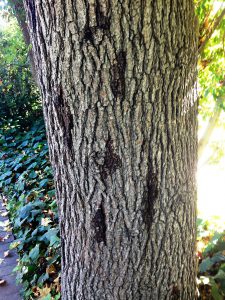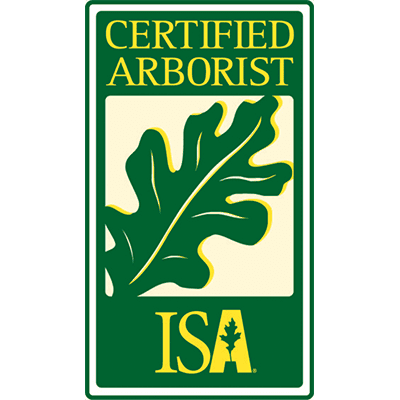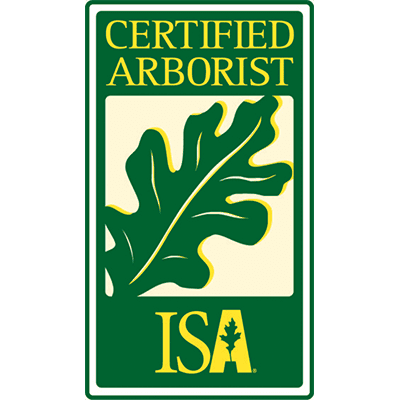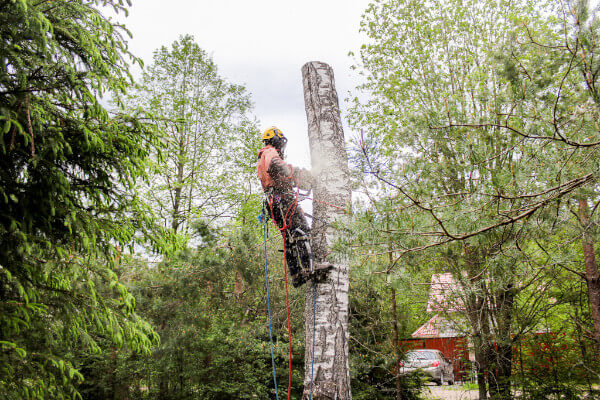
Regular pruning of the tree is important to ensure its beauty and long-term health. It may seem like an easy enough task to – just grab your hand pruners, maybe take inspiration from a YouTube video, and voila! Who needs tree pruning services, right? That kind of thinking is exactly what leads to costly tree pruning mistakes.
Some of these mistakes can result in significant damage to the tree as well as your property. In this post, our experts at Chippers Tree Service discuss the most common mistakes they see homeowners make regarding tree trimming and pruning.
Improper Pruning Cut
A proper pruning cut reduces the harm done to the tree and allows it to heal fast. On the other hand, a bad cut – like a stub cut (cutting too far from the trunk) or a flush cut (cutting too close to the trunk) can permanently damage the tree.
Pruning Without A Goal
Why exactly do you want to prune a tree? Is it to increase its flower or fruit production? Or is it to get rid of the dead branches? If you don’t have a specific goal in mind, pruning can inflict unnecessary damage on the shrub or tree.
Keep in mind that improper, extensive pruning takes a lot of time and effort to fix. In some cases, the damage can never be reversed!
Heavy Pruning During The Growing Season
If you prune the tree heavily when it’s in growing stage (spring until late summer), you can end up “starving” it by removing too many leaves. Removing too many branches can also lead to damage as the tree won’t be able to shield itself from the scorching sun.
Over-Pruning
Over-pruning a tree any time of the year makes it more vulnerable to disease and rot. Remember, every pruning job matters – after all, every cut is essentially a wound. When branches are removed, the stored nutrients are removed as well, affecting the photosynthetic capacity of the tree.
Using Dull Tools
This may seem like such a small issue, but using dull loppers or pruners can create improper or rough cuts that shred/rip the bark, leading to deadly wounds.
To make sure your trees don’t suffer from the improper pruning practices, make sure you only work with a reliable and licensed tree service. Don’t hesitate to ask the company how they plan to avoid making the tree pruning mistakes mentioned above. If you have a question or would like to schedule an appointment, feel free to reach out to us.
The post Common Tree Pruning Mistakes Homeowners Make appeared first on Chippers Tree Service.
